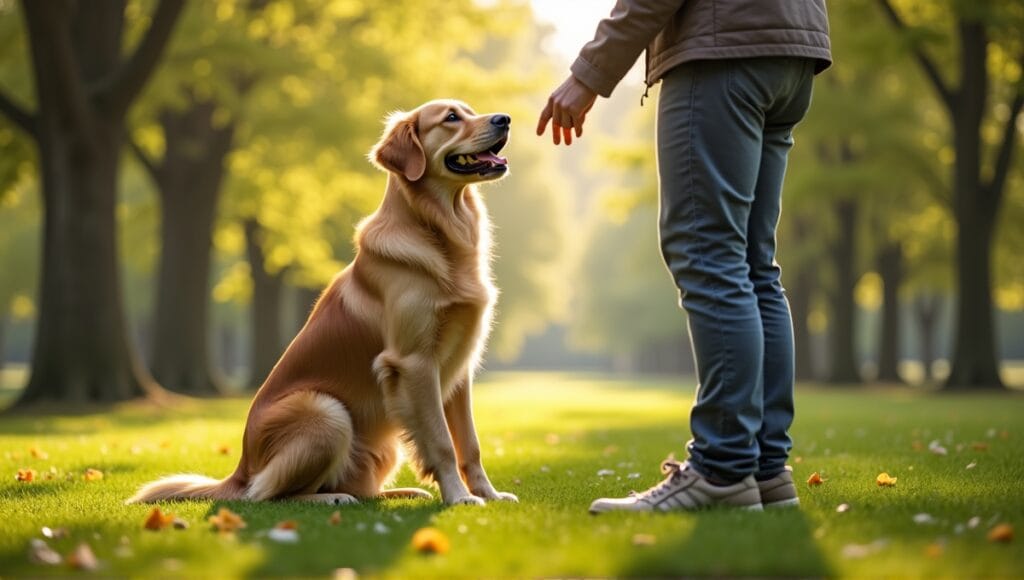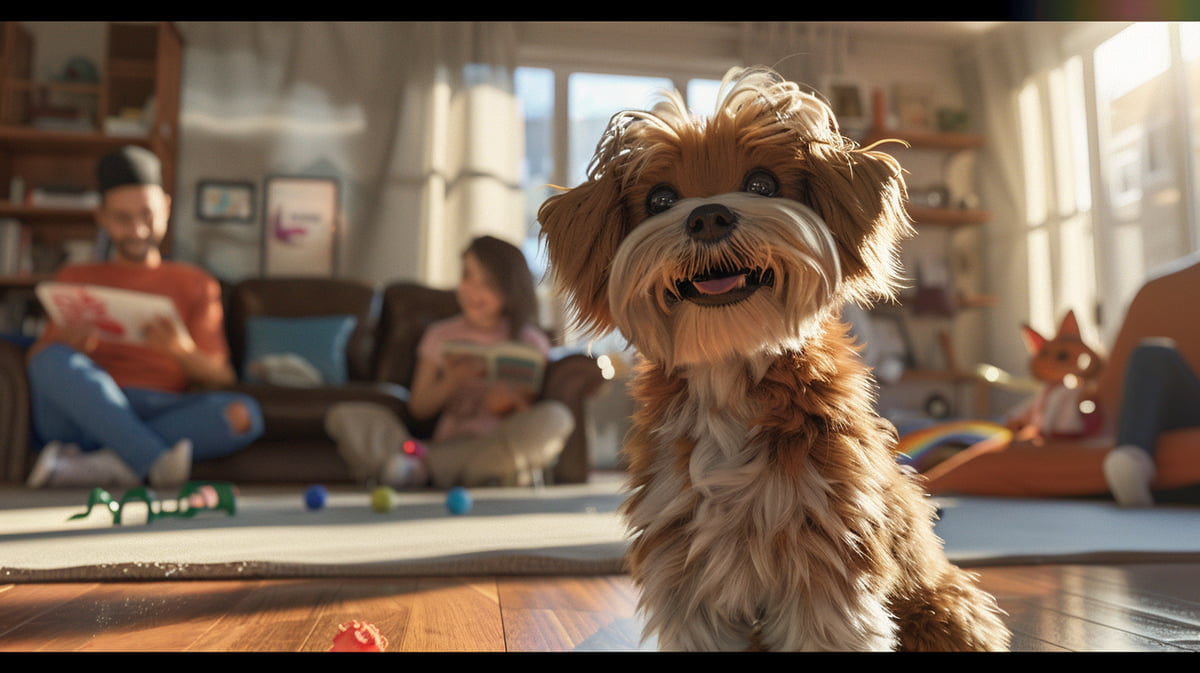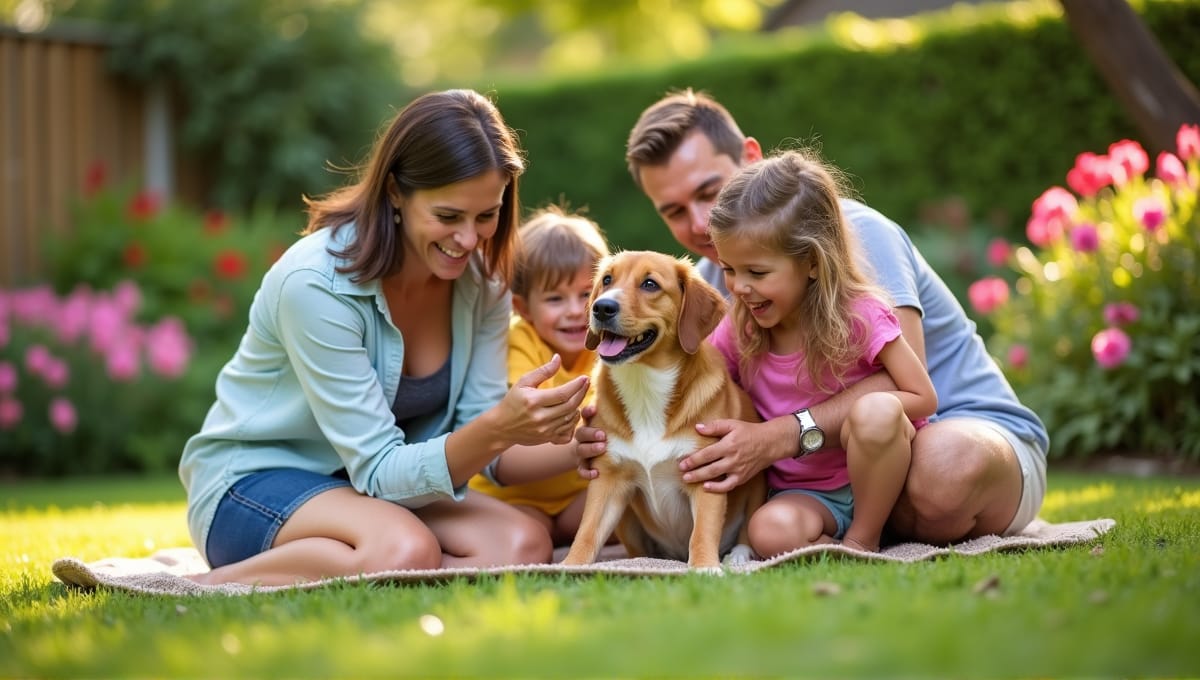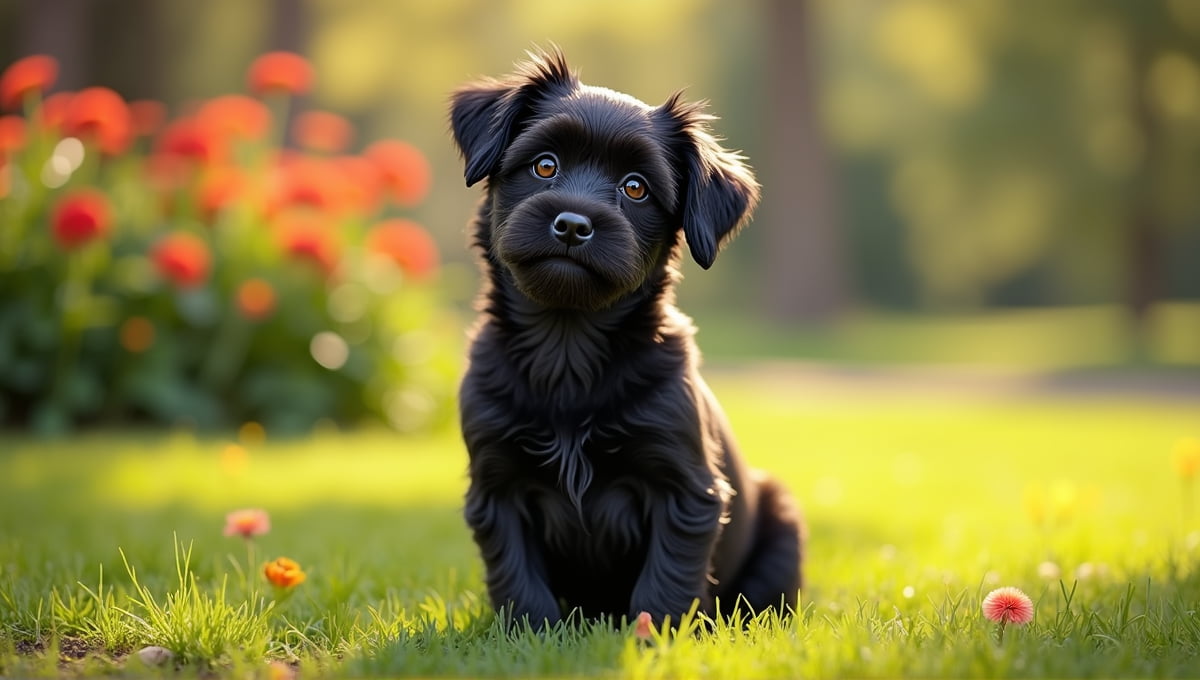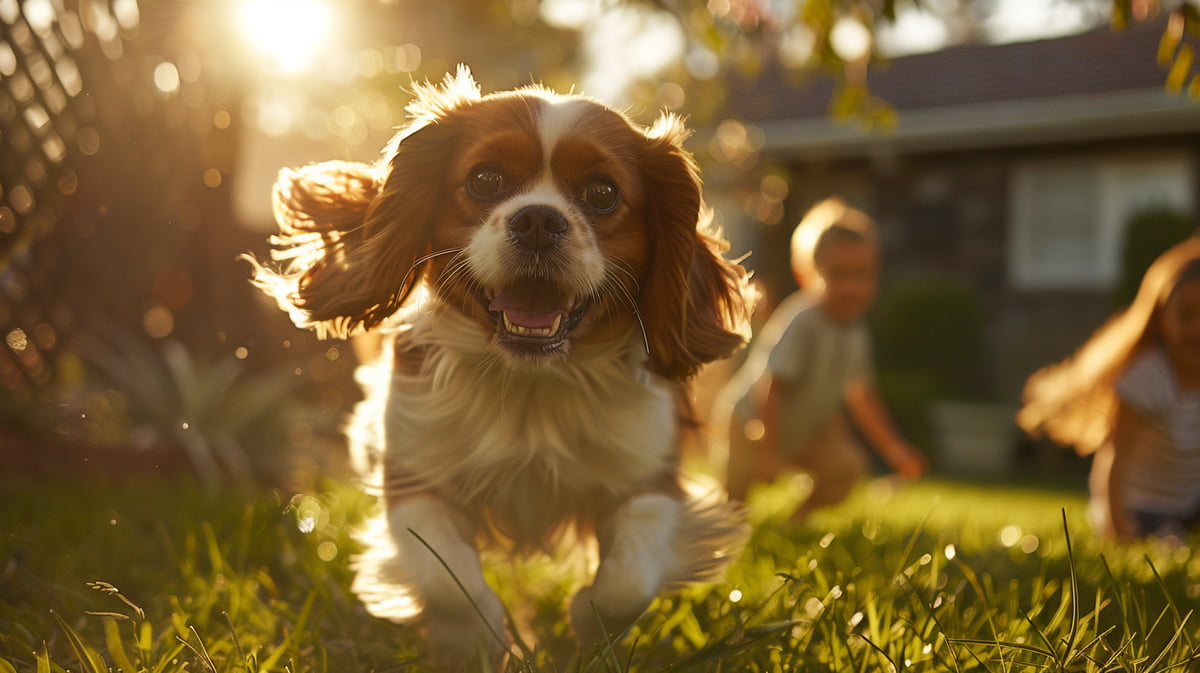As a long-time dog expert, I am confident that companion dog training can change your life with your dog. But is it the best option for you? Companion dog training is designed to help you build a stronger relationship with your dog and teach him the basic skills he needs to be a well-behaved dog. You will learn how to talk to your dog so he understands and have a peaceful home. So, is companion dog training right for you?
Companion Dog Training Basics
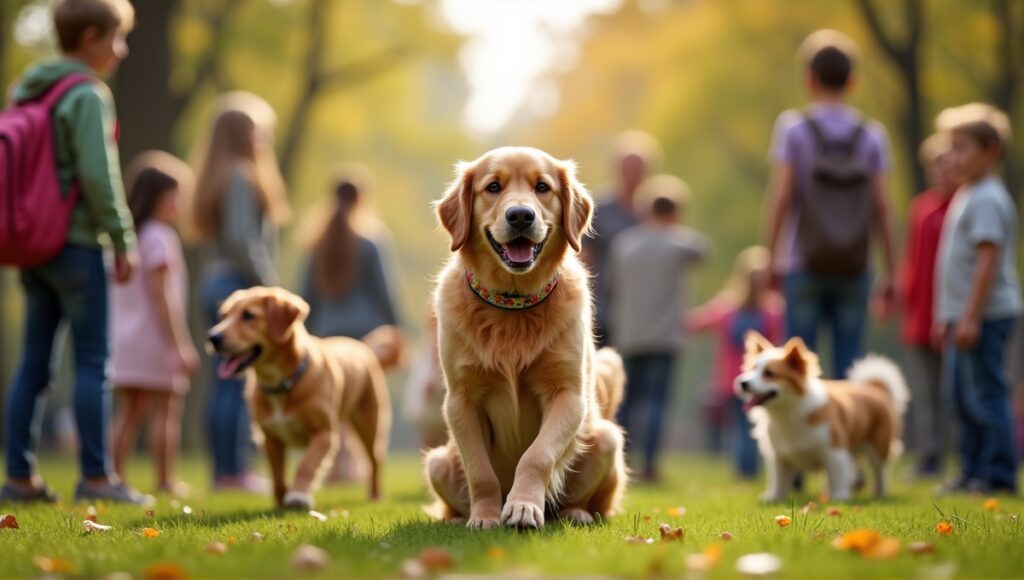
Companion dog training is the process of building a strong relationship with your dog. It’s about teaching your dog basic manners and obedience. I’ve personally witnessed how this type of training can completely transform a dog’s relationship with its owner.
The benefits of companion dog training are countless. You’ll have a dog that listens to commands, making them safer and easier to control. You’ll have a more peaceful home with a well-behaved dog. Training also provides your dog with mental stimulation, which can help reduce behavioral issues.
The key to successful companion dog training is:
- Consistency with your commands and expectations
- Using positive reinforcement
- Short, frequent training sessions
- Clear communication with your dog
- Having patience and persistence
Having patience and persistence
Consistency and patience are key in companion dog training. Dogs learn through repetition and through having positive experiences. You must practice your commands consistently and always reward good behavior. Unfortunately, progress will likely be slow at times. However, don’t let this discourage you. Every dog learns at a different pace.
Even once you’ve trained your dog, always remember that training is an ongoing process. Training isn’t just about teaching basic commands. It’s about forming a life-long partnership with your four-legged friend. You’ll gain a deep understanding and connection with your dog as long as you dedicate the time and effort.
Establishing a Training Foundation
A positive training setting is key to success. Select a quiet room in your home with minimal distractions. Be sure to stock up on treats and toys. Your mindset also makes a big difference. Enter training sessions with energy and a positive outlook.
The training tools you select can impact your results. You’ll need a strong leash, a comfortable collar, and plenty of treats. Some people leverage clickers as well to designate specific behaviors. Opt for high quality treats that your dog loves – this will help keep them motivated.
Be realistic about what you can accomplish during training sessions. Your dog won’t learn advanced commands right off the bat. Instead, start with basic commands and gradually make them more challenging. If you have bigger objectives, break them into small, achievable steps.
Understanding how your dog learns is important. Some dogs are motivated by food, while others respond better to praise or play. Observe what your dog loves, and then use that as a reward. Similarly, adapt your training strategy to your dog’s lifestyle and preferences.
Keep in mind that every dog is different. Even if a given strategy worked with one dog, it might not work with another. Feel free to adapt and modify your strategy. Stay patient, and ensure training remains fun for both you and your dog.
Essential Commands for Companion Dogs
Training your dog to follow basic commands is key to companion dog training. Here’s how to get started with some of the most basic commands:
Sit:
- Hold a treat close to your dog’s nose.
- Move your hand up, so the dog’s head goes up and their bottom goes down.
- Once they are sitting, say “Sit,” and give them the treat.
- Repeat this process a few times before trying the command without moving your hand with the treat.
Stay:
- Ask your dog to “Sit.”
- Place the palm of your hand in front of the dog and say, “Stay.”
- Take a few steps back.
- If your dog stays, give them a treat and plenty of praise.
- Gradually increase the distance and time of the stay.
Come:
- Put your dog on a leash and say, “Come,” in an enthusiastic voice.
- Lightly pull on the leash.
- When your dog walks over to you, reward them with a treat and praise.
- Practice coming when called off leash in a safe enclosed area.
The “Down” command trains your dog to lie down on command. Start with your dog sitting. Hold a treat near their nose and lower it to the ground. As your dog follows the treat, verbalize “Down,” and reward them when they are completely lying down.
“Leave it” is an important safety command to stop your dog from investigating or eating something. Hold a treat in each hand. Close one fist and show your dog. When they avoid looking at the treat, verbalize “Leave it,” and as soon as they look away from the treat, give it to them from your other hand and lavish them with praise.
Teaching your dog to heel and walk on a loose leash takes a lot of practice, but it’s worth it. Start in a quiet room with the dog on your left. Hold a treat by your hip and say, “Heel,” as you start walking. If your dog stays right by your side, reward them. Gradually increase the time and distractions.
Proper greetings take a lot of practice and patience. Train your dog to sit when they meet new people. Reward calm behavior and redirect jumping or barking. Eventually, your dog will learn to greet people calmly without jumping or barking.
Socialization Techniques for Companion Dogs
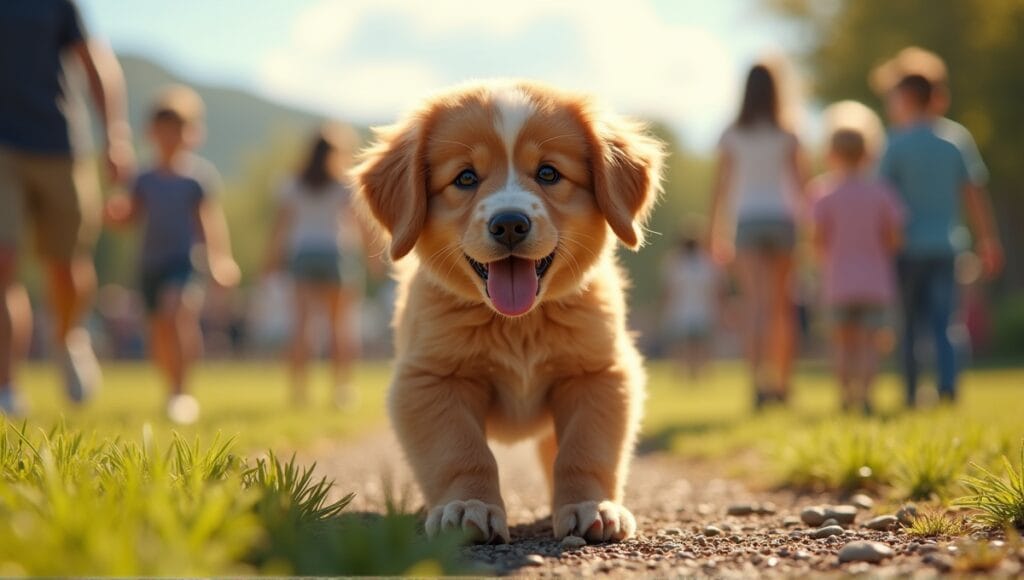
Early socialization is important for pet dogs so they grow into well-adjusted, confident adults. The most critical window for puppy socialization is 3 to 16 weeks of age. During this time, introduce your puppy to as many different experiences as possible in a positive manner.
Experiences to introduce your puppy to include:
- Various surfaces (e.g., grass, concrete, carpet, wood)
- Different sounds (e.g., traffic, vacuum, appliances)
- People of all ages, sizes, and appearances
- Other dogs (after vaccinations are finished)
- Various modes of transportation
Ensure each experience is positive for your puppy. Use treats and praise to help the puppy feel good about the experience. If your puppy seems scared or overwhelmed, don’t force them to continue the experience. Allow them to approach new things at their own pace.
Socializing your puppy shouldn’t stop after puppyhood. Continue introducing them to new experiences throughout their life to maintain their confidence and social skills. Taking your dog for regular walks in different locations, bringing them to dog-friendly stores, and setting up playdates with other dogs are great ways to continue socializing your dog.
Just remember that when it comes to socialization, it’s the quality of the experience that matters most, not the quantity. A few positive experiences are better than lots of stressful experiences. Always prioritize your dog’s comfort and safety during socialization.
House Training and Manners
Establishing a regular potty schedule is essential for successful house training. Take your dog outside first thing in the morning, after meals, before bed, and every few hours in between. Give a specific command, such as “Go potty,” and when your dog eliminates outside, be sure to reward them.
Crate training is a helpful house training tool because dogs naturally avoid soiling their sleeping space. Select a crate that allows your dog to stand, turn around, and lie down comfortably. Introduce the crate slowly and make it a positive space using treats and toys.
Training your dog to chew appropriate items is important to protect both your belongings and your dog’s safety. Provide lots of appropriate chew toys, and when you catch your dog chewing something they shouldn’t be, redirect them to a chew toy and then praise them for chewing the toy.
Correcting common household behavior problems requires both patience and consistency. Here’s how to correct some common household behavior problems:
- Jumping: Ignore the behavior and only give attention when all four paws are on the floor.
- Begging: Simply ignore begging. You can also try feeding your dog prior to your meal and then giving them a special chew toy during your mealtime.
- Barking: Train the “Quiet” command and then reward your dog for being quiet.
- Counter surfing: Prevent counter surfing by always keeping counters free of food. You can use positive reinforcement to correct the behavior to something else, like “Place.”
Remember to always be consistent with these rules in order to successfully correct these behavior problems. If everyone in the household follows a different set of rules, you’ll only confuse your dog.
Positive Reinforcement Methods
Positive reinforcement is the foundation of modern dog training. It’s simply the act of rewarding a behavior to encourage more of that behavior. This methodology is effective and also helps build a stronger relationship with your dog.
Using treats, praise, and toys as rewards is very effective. Choose a reward that your dog really wants. Some dogs will work for kibble, while others need something more exciting like cheese or cooked chicken. Experiment with different treats to see what your dog works hardest for.
Clicker training is a common positive reinforcement strategy. With the clicker, you mark the exact moment your dog does something right, and then follow the click with a reward. The beauty of the clicker is that it helps you get the timing exactly right, which helps your dog understand exactly what it did to earn the reward.
Avoid any training strategy that uses punishment. It will only hurt your relationship with your dog and could create fear or aggression. Instead of focusing on punishing a dog for doing something wrong, use positive reinforcement to focus on what the dog does right. If your dog does something wrong, simply ignore it and then redirect your dog back to the behavior you want it to do.
Finally, remember that timing is everything with positive reinforcement. You need to give your dog the reward immediately after it performs the behavior you want. This will help the dog associate the behavior with the reward.
Age-Appropriate Training Strategies
Training strategies need to be adapted based on your dog’s age. Puppies have very short attention spans, as well as a lot of energy. Therefore, keep training sessions short and keep it fun. Focus on socialization, basic commands, and housebreaking.
Adult dogs may already have some habits you’d like to change. In this case, be patient and be consistent. They might not learn new behaviors as quickly, but they can often tolerate longer training sessions compared to a puppy.
Senior dogs can still learn new tricks, but you might need to make some adjustments:
- Shorten the training session as they might get tired.
- Simple commands that don’t require much physical effort
- Be patient if it takes them a little longer to respond
- Make accommodations if they are losing their hearing or sight
Regardless of your dog’s age, training should still be a positive experience for both of you. So, don’t make it too overwhelming.
When considering companion dog training, it’s important to remember that some breeds are naturally more inclined to be best companion dogs. These breeds often excel in training and make excellent family pets.
Closing Remarks
Training a pet dog is more than teaching it cool tricks. It’s about creating a relationship with your dog that will last its entire lifetime. Don’t forget that consistency and patience is key. Focus on the fundamentals before advancing to more complex tricks. Use positive reinforcement.
Adjust your strategy based on your dog’s age and your dog’s individual personality. With some elbow grease, you’ll have a well-behaved dog as your companion. It’s a rewarding journey, as I’ve witnessed many owners completely turn around their relationship with their dog through training. So keep it up and find joy in the process!


